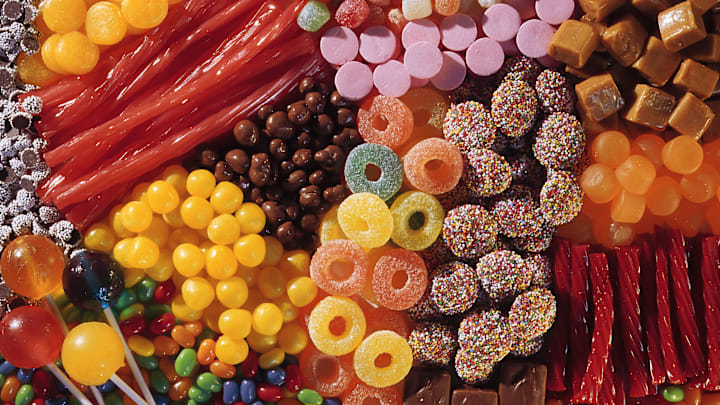by Greg Volk
In 1948, the Soviet beast was hungry. Three years into the postwar occupation of Germany, the USSR had tired of sharing Berlin, so it blockaded ground and water access to the 2 million residents in the American, French, and British zones. The Soviet hope was to starve them into submission. In response, from June 1948 to September 1949, thousands of pilots airlifted 2.3 million tons of food and supplies to the blockaded Berliners. The code name for the American mission: Operation Vittles.
At the airlift’s peak in 1949, planes landed every 90 seconds. Pilots flew three trips a day, taking just seven hours off. Despite the exhausting schedule, one airman was determined to do more. On July 19, 1948, Lt. Gail Halvorsen decided to skip sleep. Instead, he took his hand-cranked 8mm camera and stowed away on his friend’s plane to Tempelhof Airport.
At the runway’s edge, Halvorsen spotted a few dozen boys and girls. Chatting with them through a barbed wire fence, Halvorsen realized something. He had met children across South America, Africa, and Europe, and all of them harassed him for candy. These kids hadn’t asked for anything.
Halvorsen dug into his pocket and pulled out two sticks of Doublemint that he tore into four pieces and passed through the fence. “Kids who got half a stick looked like they just got a thousand bucks,” Halvorsen later recalled. Another child asked for the wrappers, which the group ripped apart and began to sniff.
Moved by the scene, Halvorsen promised to drop candy to them on a future flight. How would they know which plane was his, the children wanted to know. “I’ll wiggle my wings,” the former Utah farm boy replied, calling on a move he’d perfected over fields back home.
Operation “Little Vittles”
Not surprisingly, dropping candy from a military airplane was against regulation, but Halvorsen was resolute. First, he convinced his copilot and their engineer to give him their weekly candy rations. Then he tackled the problematic physics of “candy bombs”: Chocolate dropped from a plane going 110 mph hurtles toward Earth at alarming speeds. Halvorsen’s solution was to craft mini-parachutes from handkerchiefs and attach them to the candy with twine.
Nervous and exhausted, Halvorsen took off with his sugary cargo. He needed precise timing to drop the candy on the children’s side of the fence. Even without candy bombs, landing a C-54 Skymaster at Tempelhof’s narrow approach was no easy task. Just before getting to the runway, Halvorsen wiggled his plane’s wings and signaled his engineer to push the packages out the emergency flare chute. Halvorsen hoped that the children would get the candy—and that he wouldn’t get caught.
As Halvorsen and a few dozen other pilots made daily candy drops, letters poured in. Elated children thanked Der Schokoladenflieger (“The Chocolate Pilot”) and Onkel Wackelflügel (“Uncle Wiggly Wings”) for the gifts. Nearly overnight, Halvorsen became the face of the Berlin Airlift and a symbol of American goodwill. “GOT ANY SPARE HANKIES? THIS ‘LIFT’ PILOT CAN USE THEM,” proclaimed the New York Post.
All told, Operation Little Vittles rained down 23 tons of candy from 250,000 parachutes. And though it took nearly a year, the Soviets eventually called off the blockade for one simple reason: It wasn’t working. The airlift was a success, filling Berliners’ stomachs and lifting their spirits, thanks in no small part to the efforts of Uncle Wiggly Wings.
Discover More Stories About History:
A version of this story ran in 2016; it has been updated for 2025.
